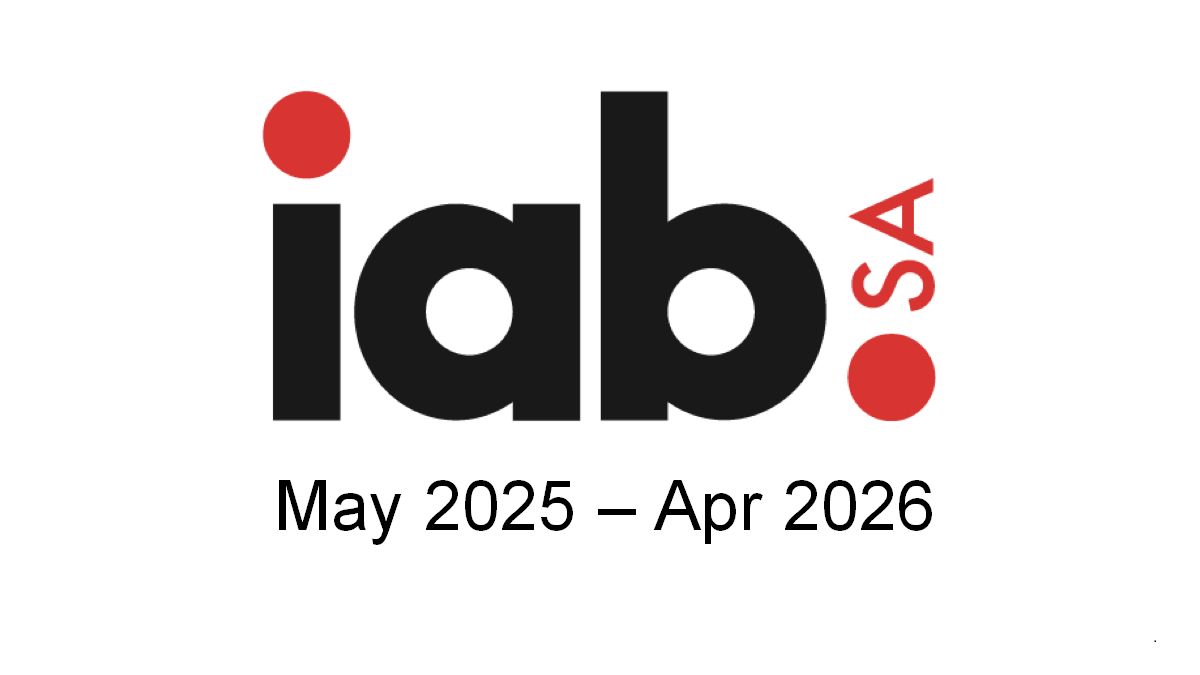In a challenging economic climate where sales are hard-won, many South African businesses are leaning even heavier on credit to keep revenue flowing, but this essential growth lever is often pulled without the necessary safeguards, exposing companies to significant risk.
The key to success, according to a leading expert, lies not in restricting credit but in managing it with a disciplined, modern, and collaborative approach.
CEO of credit management firm Debtsource, Frank Knight, has offered a pragmatic
roadmap for businesses to navigate this tightrope.
“Credit facilitates sales. The role of a credit department is not to stop business but to ensure it is done safely, while risk management is about balance, not barriers,” Knight emphasised.
For businesses wary of new clients with thin credit files, Knight advocates a starter-limit strategy. Instead of an outright decline, which blocks a potential long-term partnership, he suggests offering a small, manageable limit.
“If no negative information exists, extending a small limit – say R20 000 – allows you to build a trade history. From there, you can increase exposure with confidence as the relationship deepens,” Knight explained.
This method ensures consistency, reduces wasted effort, and supports the development of
valuable business relationships.
Knight described fraud as one of the greatest challenges in credit management.
“Criminals often bypass formal applications and mimic legitimate customers with fake purchase orders or altered delivery details,” he warned.
He stressed that fraud detection cannot be siloed within the credit department; it is a shared responsibility across sales, order capture and logistics.
Red flags include last-minute credit applications, unusual collection requests, or orders that deviate from a customer’s typical pattern.
“If you haven’t faced fraud yet, it’s not a question of if but when. Training and vigilance across the business are critical,” Knight cautioned.
Knight highlighted that gathering credit information is more than a box-ticking exercise. With traditional tools like bank codes now limited to a few institutions, businesses must adapt.
“Three months of bank statements can reveal minimum and maximum balances – a powerful way to assess capacity,” he said.
Similarly, obtaining trade references has become more complex under the Protection of Personal Information Act.
Knight pointed to workarounds such as supplier statements, customer consent letters, and automated reference systems that can turn a process that once took days into one that takes mere hours.
He also warned against over-reliance on insurance approvals, however, as these may not involve thorough checks on director details or company structures. A comprehensive “know your customer” report remains essential.
Granting a credit limit is just the beginning. Knight emphasised that limits are checkpoints, not barriers, and must be actively managed.
“If volumes grow, reassess exposure. If prices rise, limits may need adjustment.
Seasonal peaks of up to 50% must also be planned for with sales teams,” he advised.
Behavioural changes, such as customers starting to pay later or in unusual round amounts, are often early warning signs of liquidity strain.
He issued a strong caution against a common pitfall:
“Never extend a facility to solve overdue debt. Instead, structure repayment plans with signed acknowledgements of debt.”
Knight championed the use of digital transformation to streamline and secure credit processes.
He noted that traditional signatures are easy to forge, while digital tools using ID verification and facial recognition against Home Affairs records offer far greater certainty.
The goal, he said, is to reduce friction without reducing safeguards.
“Much statutory and registration data is already available via integrated systems.
Focus on the essentials to make the process efficient for good customers while maintaining robust checks.”
“Credit management is the foundation of a trusting business partnership, while credit risk management is about enabling growth safely.
“By applying safeguards, monitoring continuously and using modern tools, we can reduce risk without slowing business down,” he advised.
“At its heart, credit is about trust – and trust must be managed, renewed and protected every day.”



